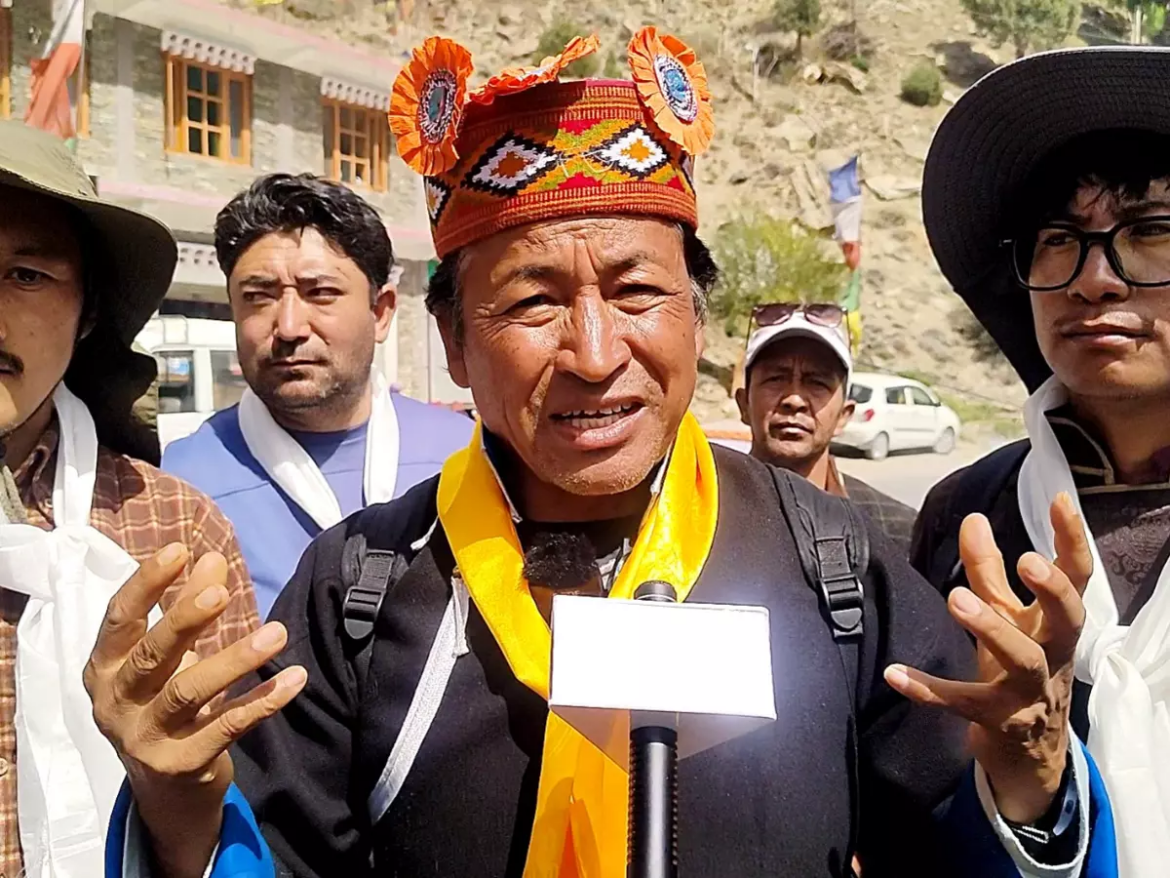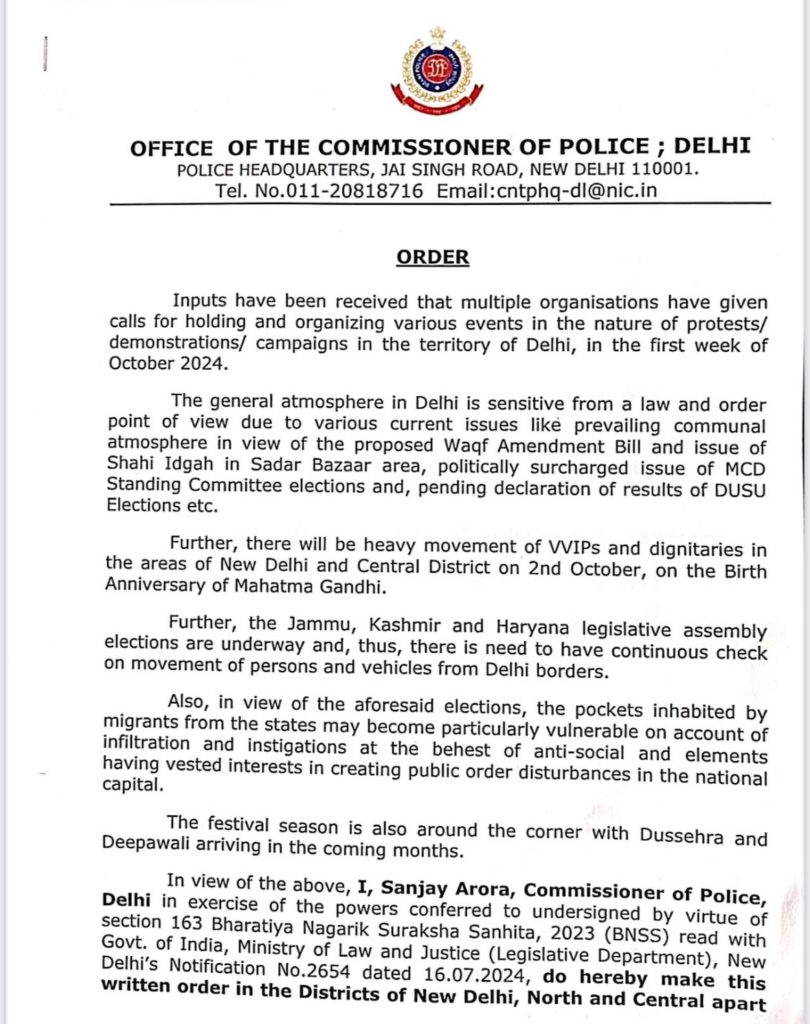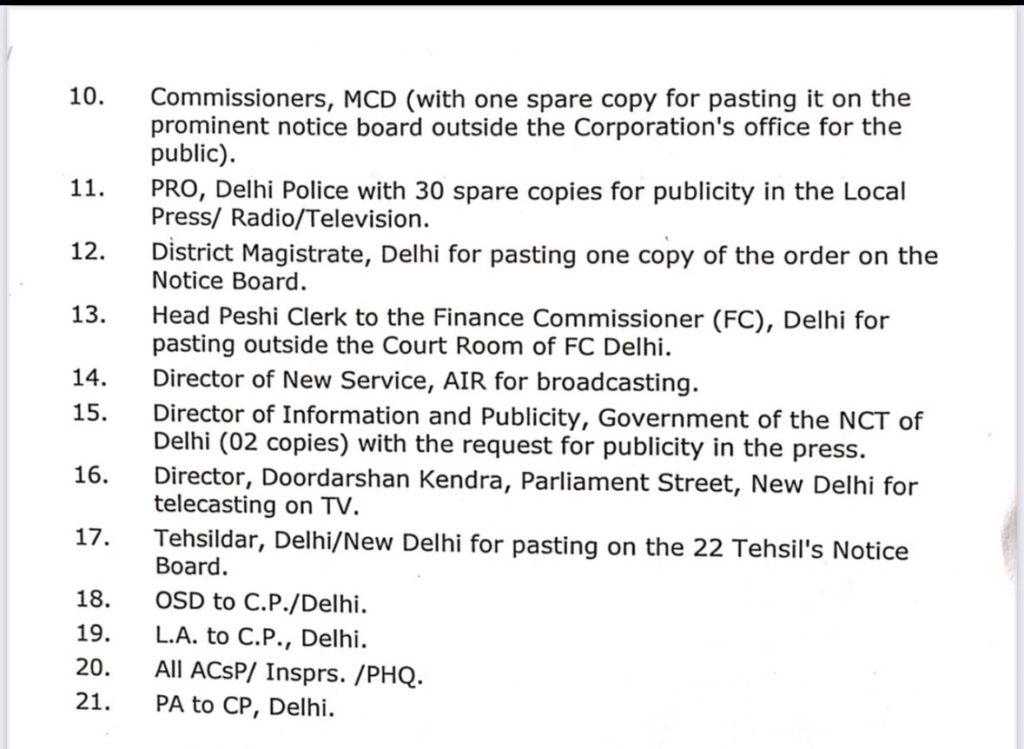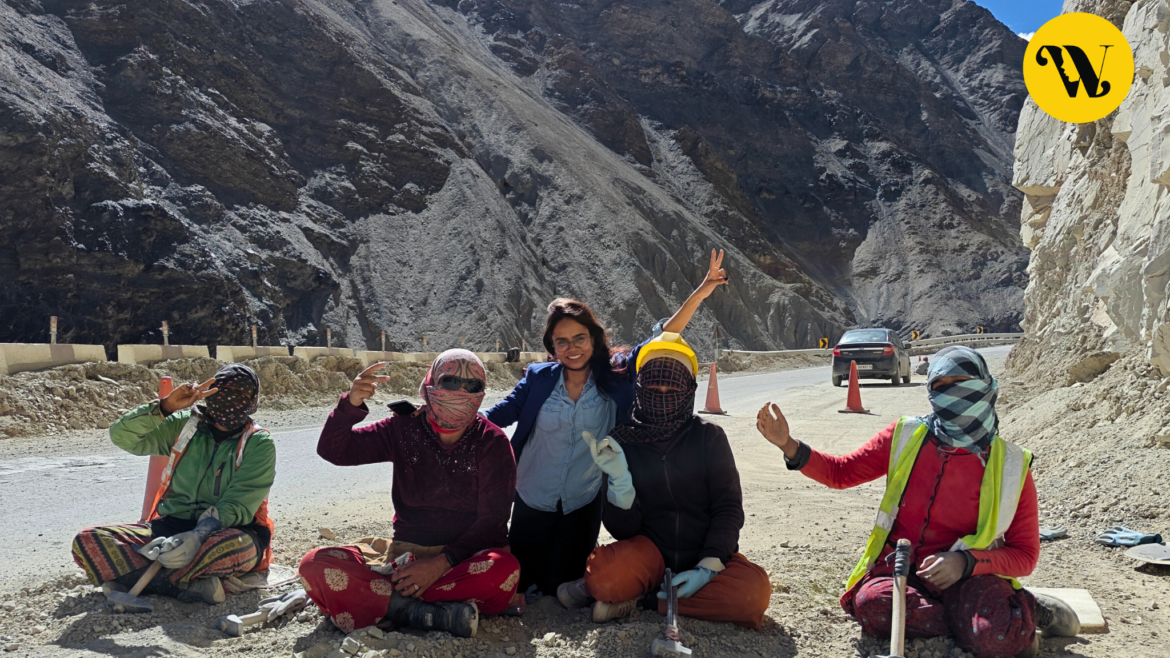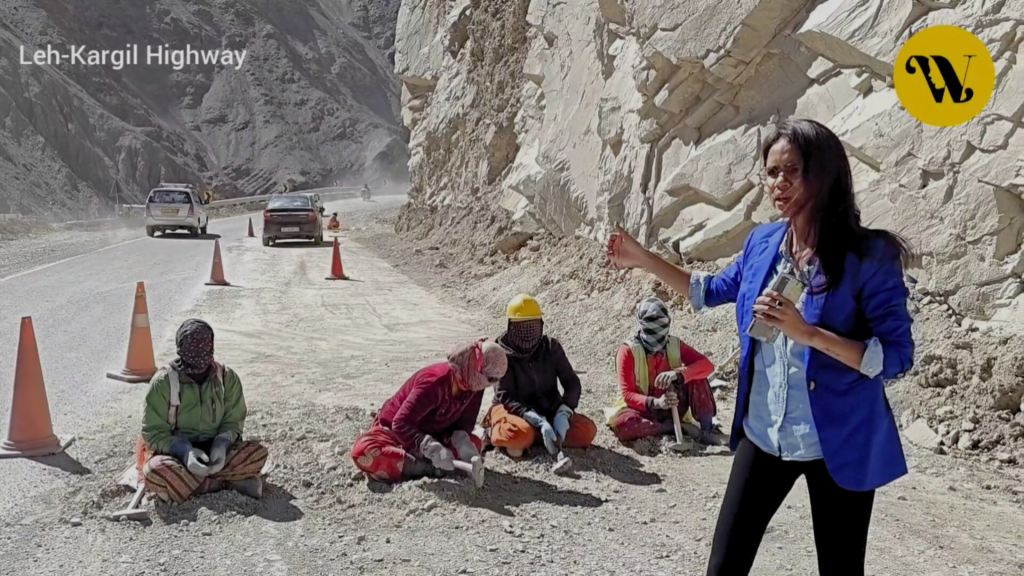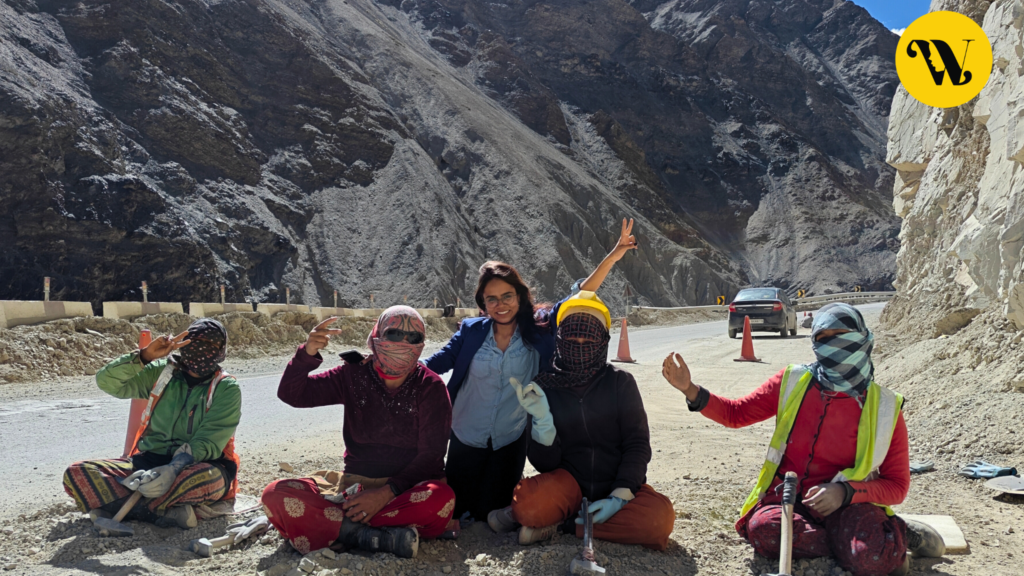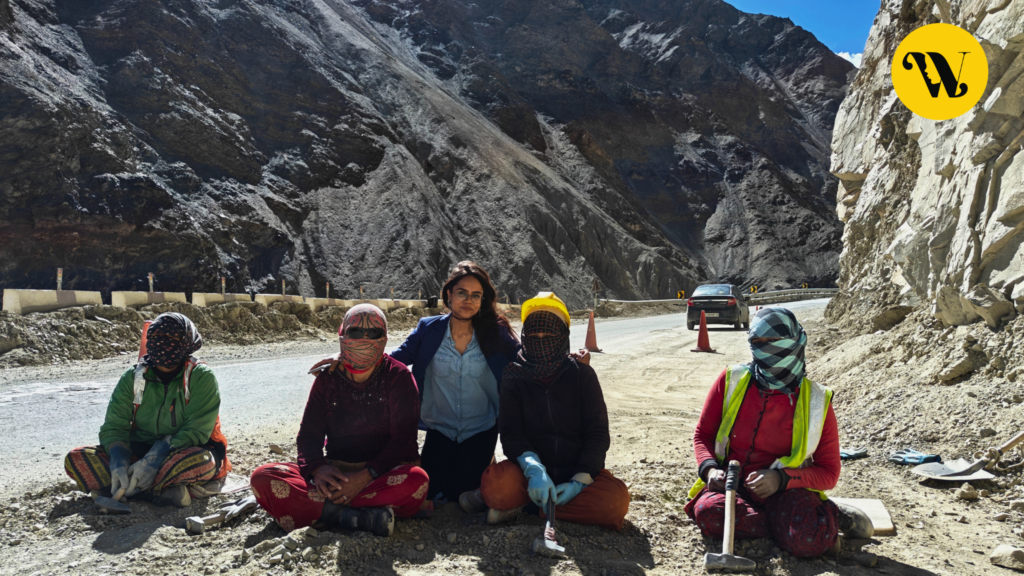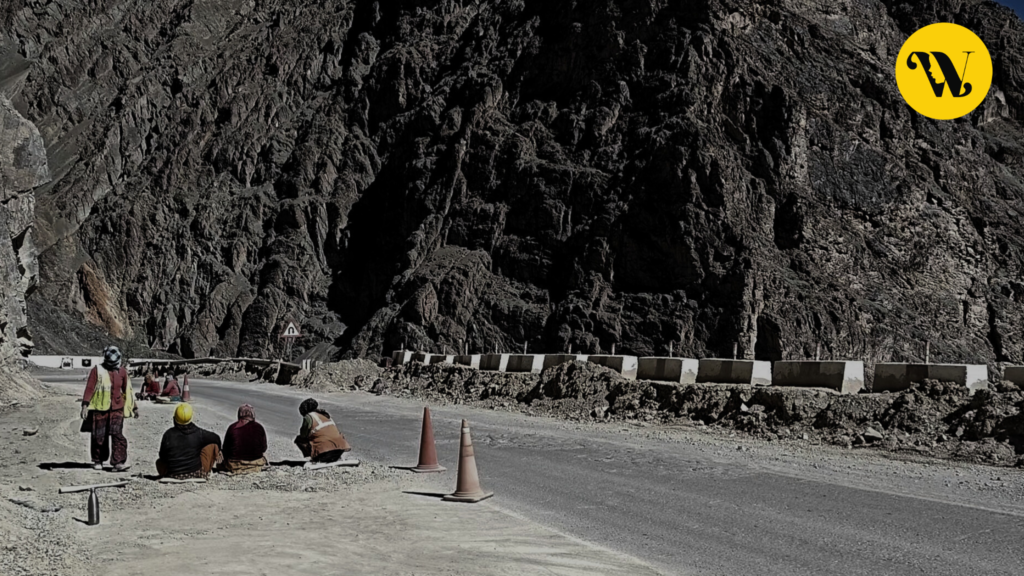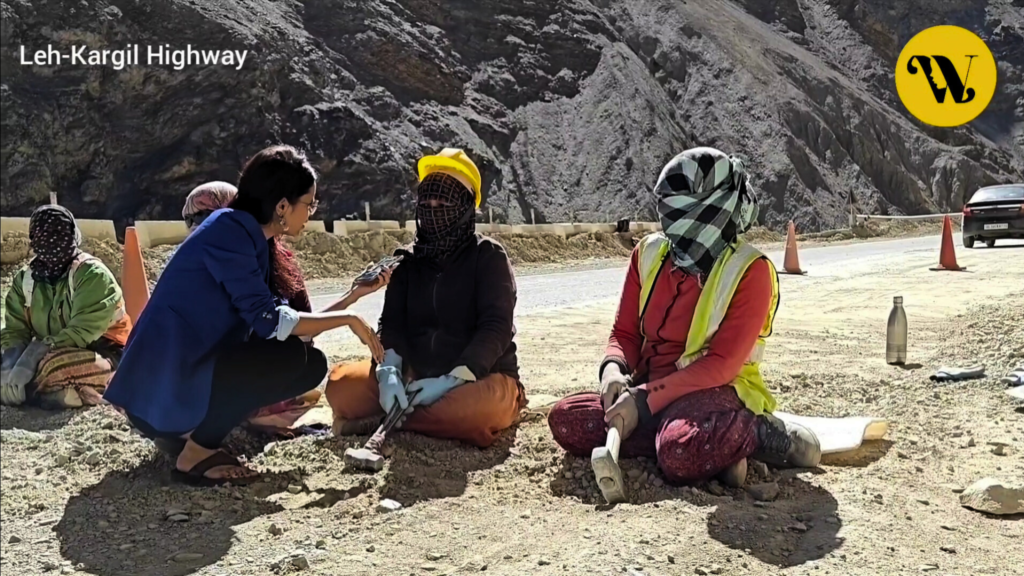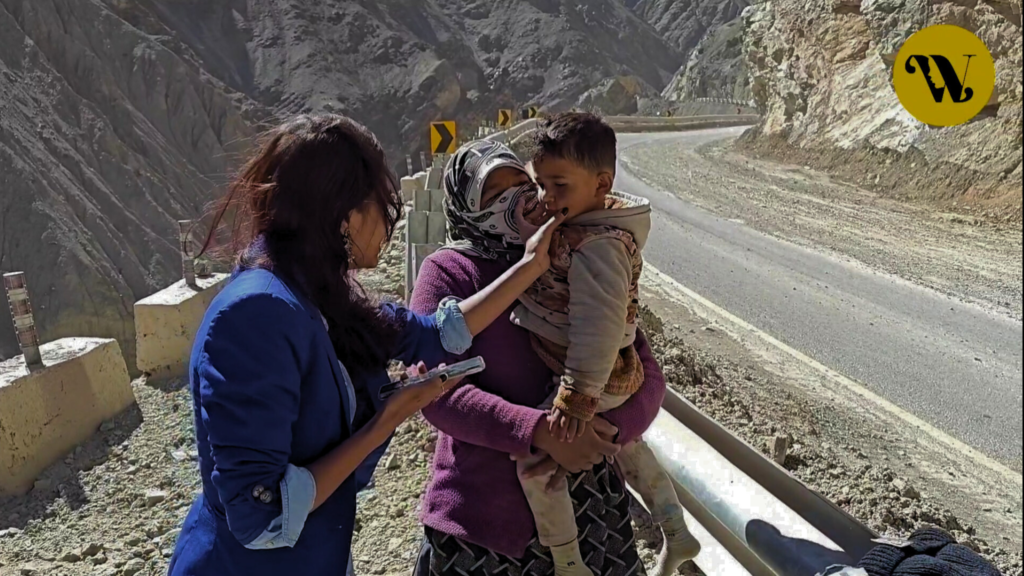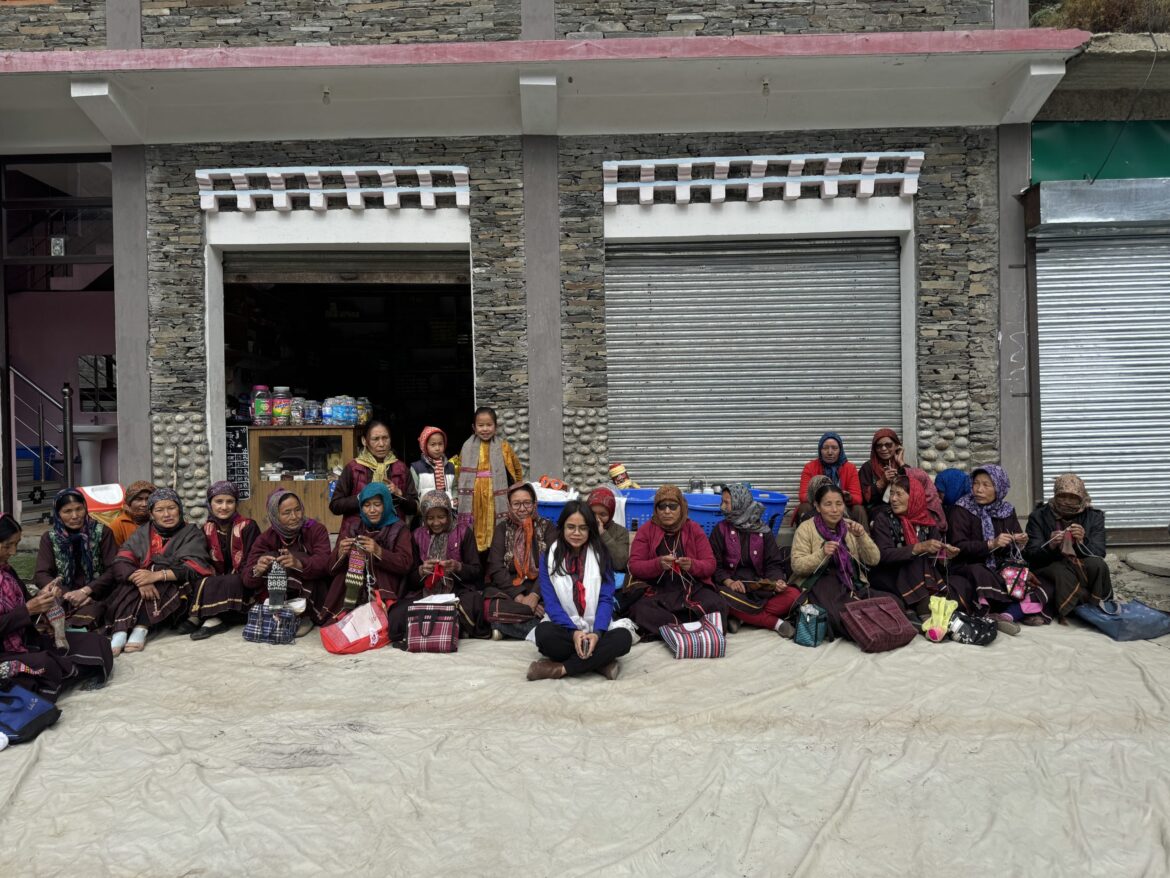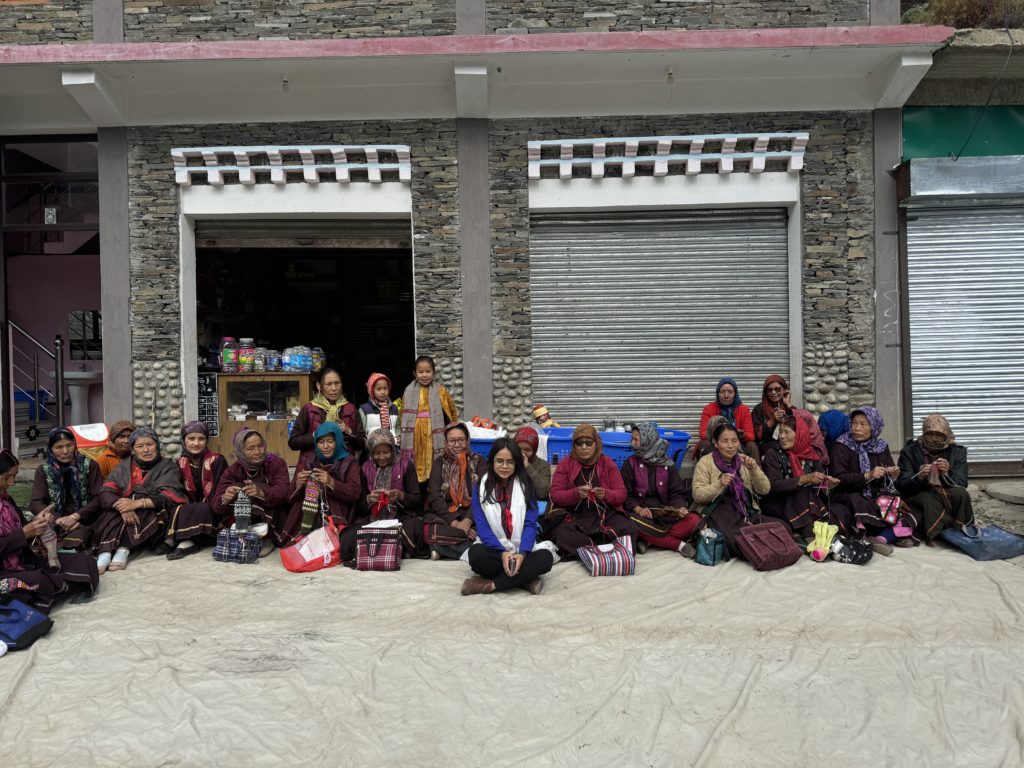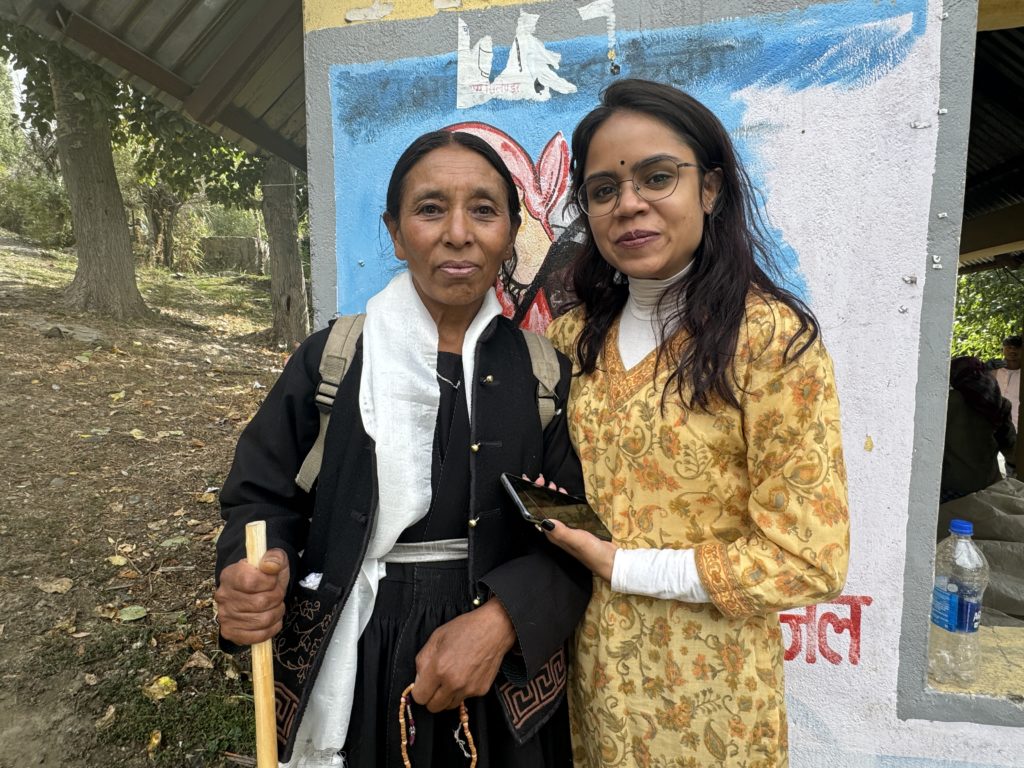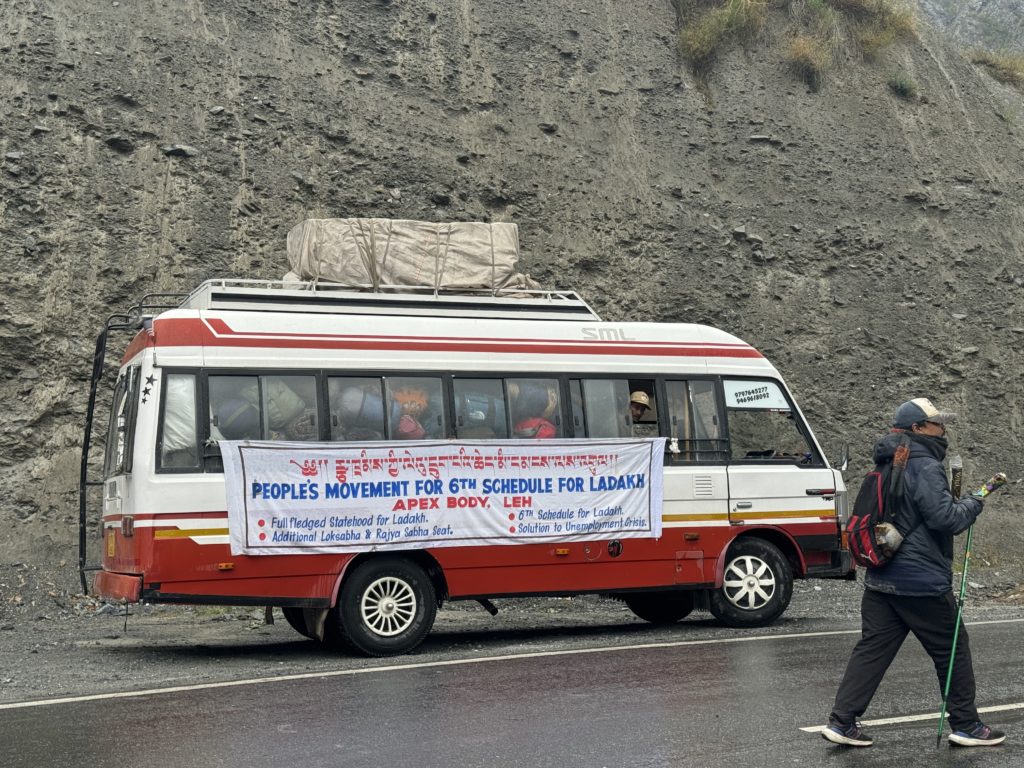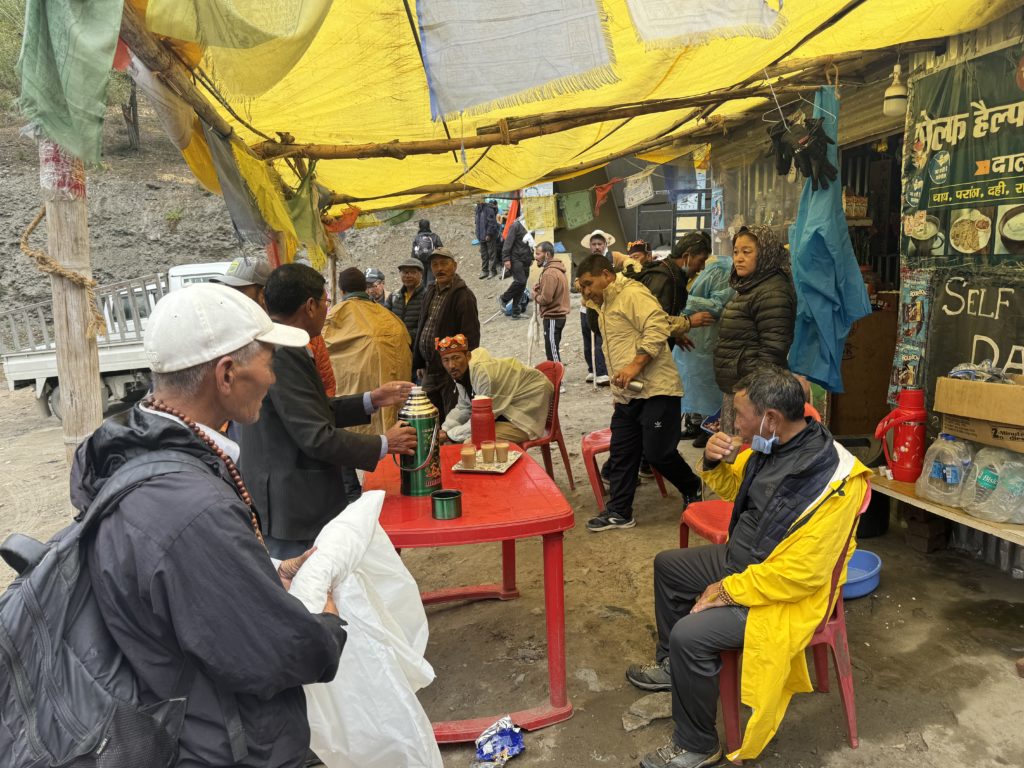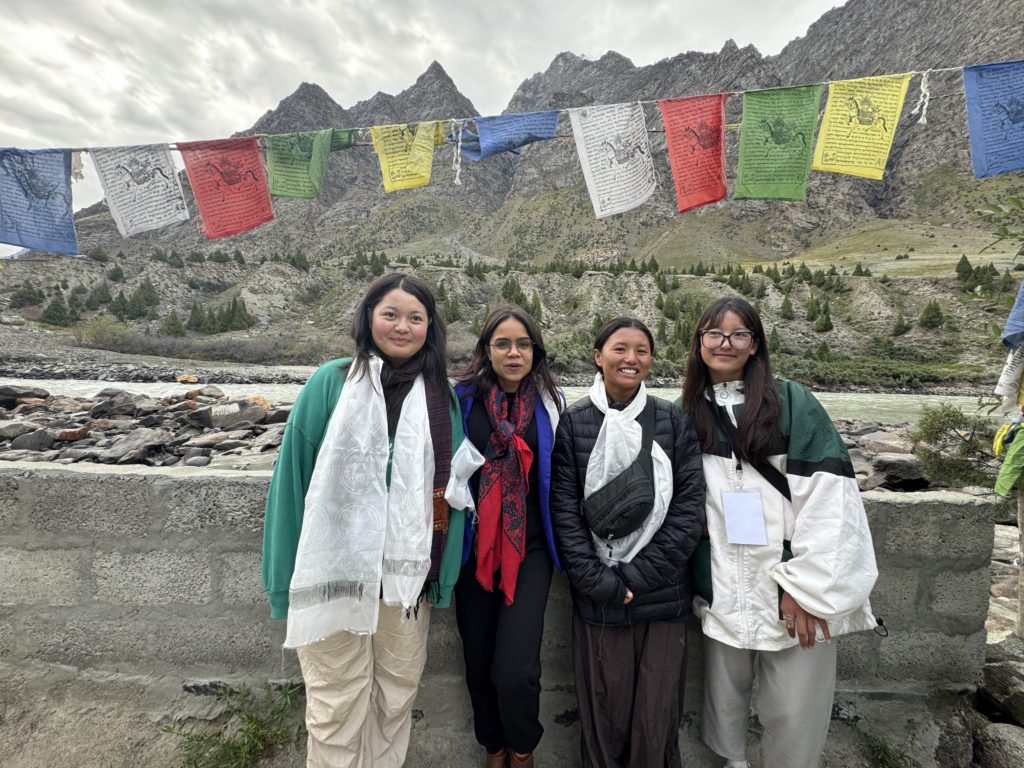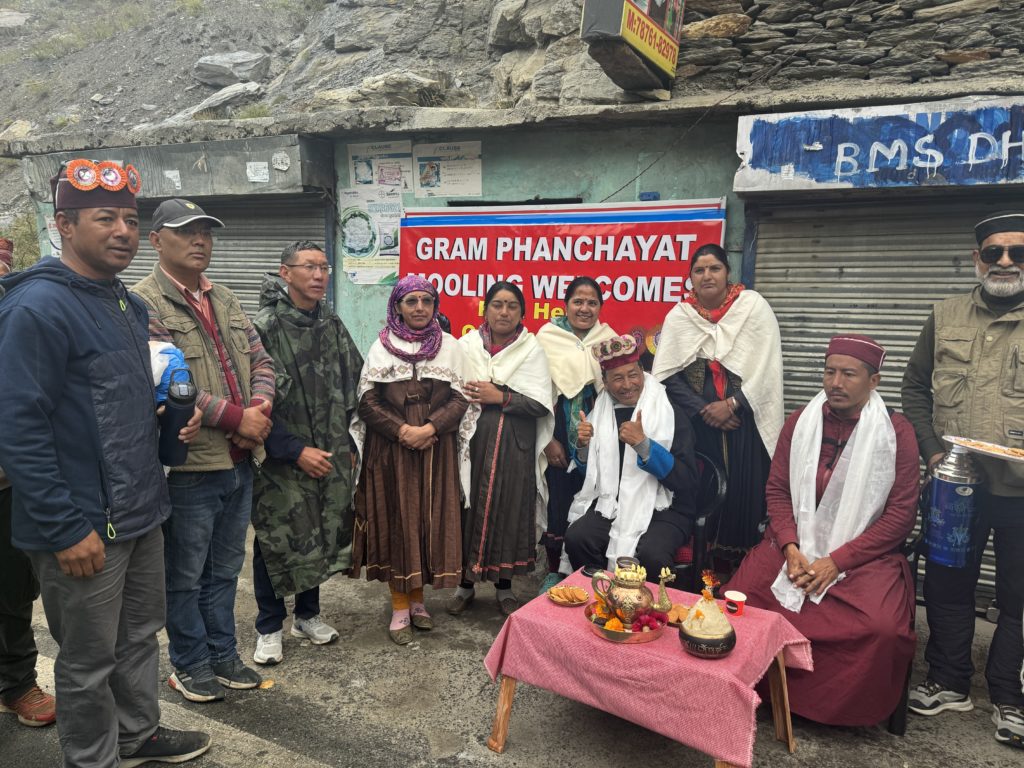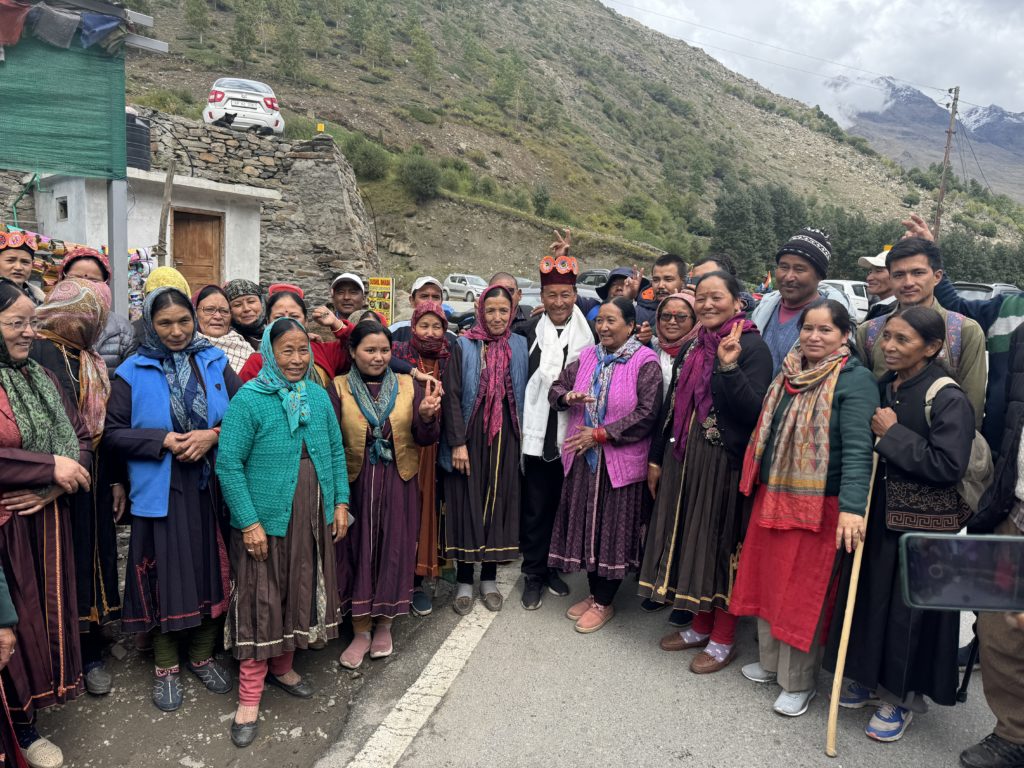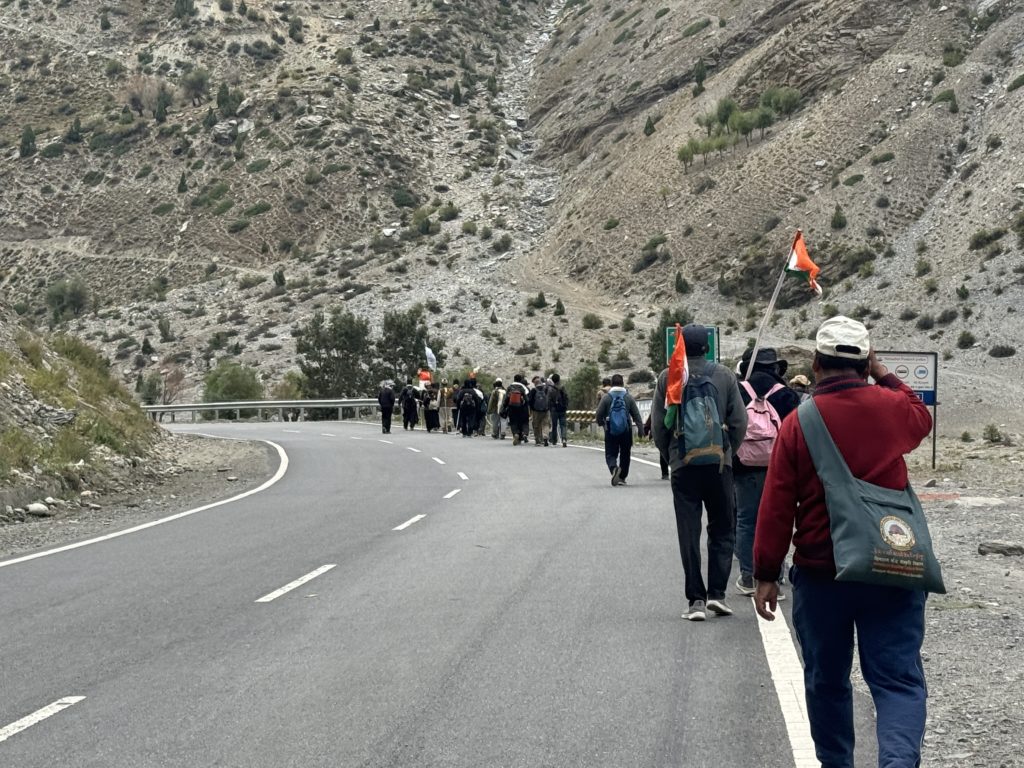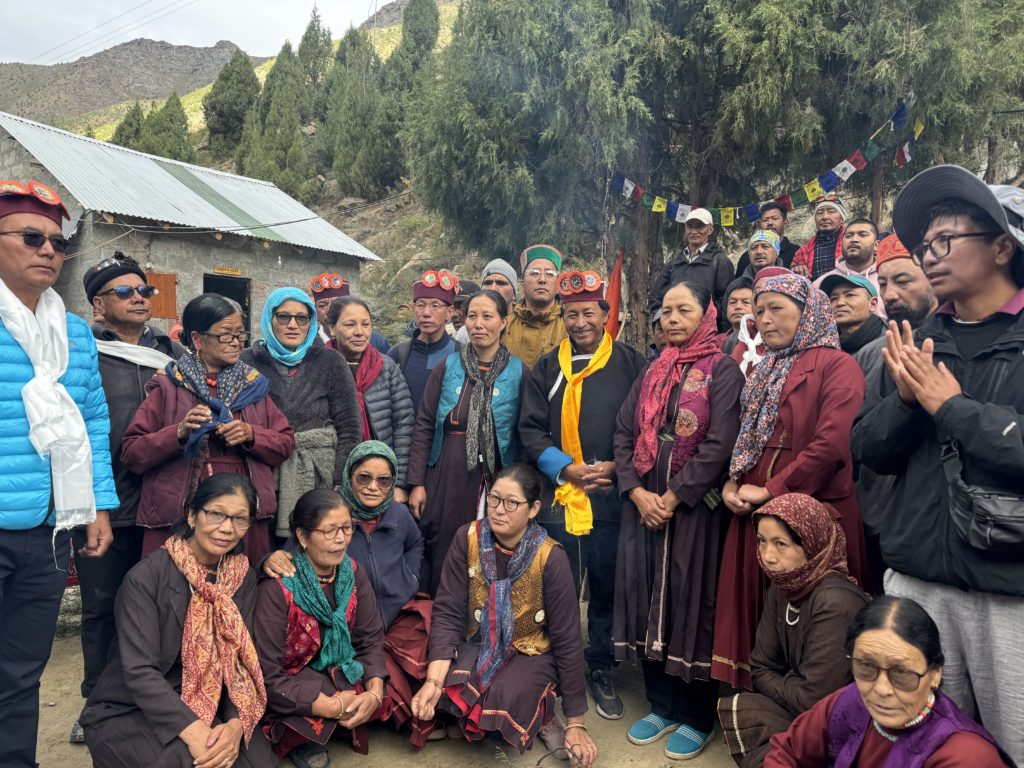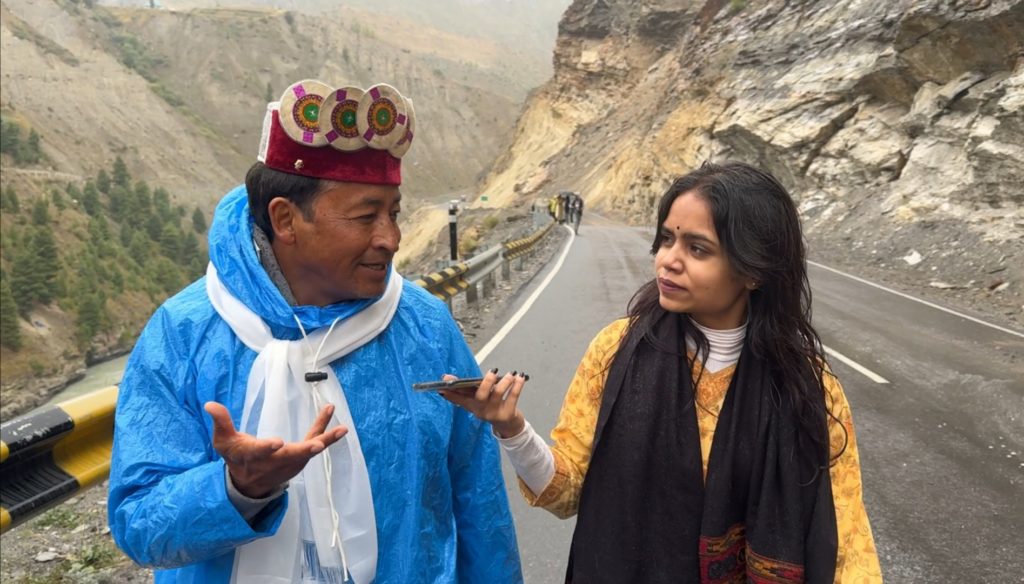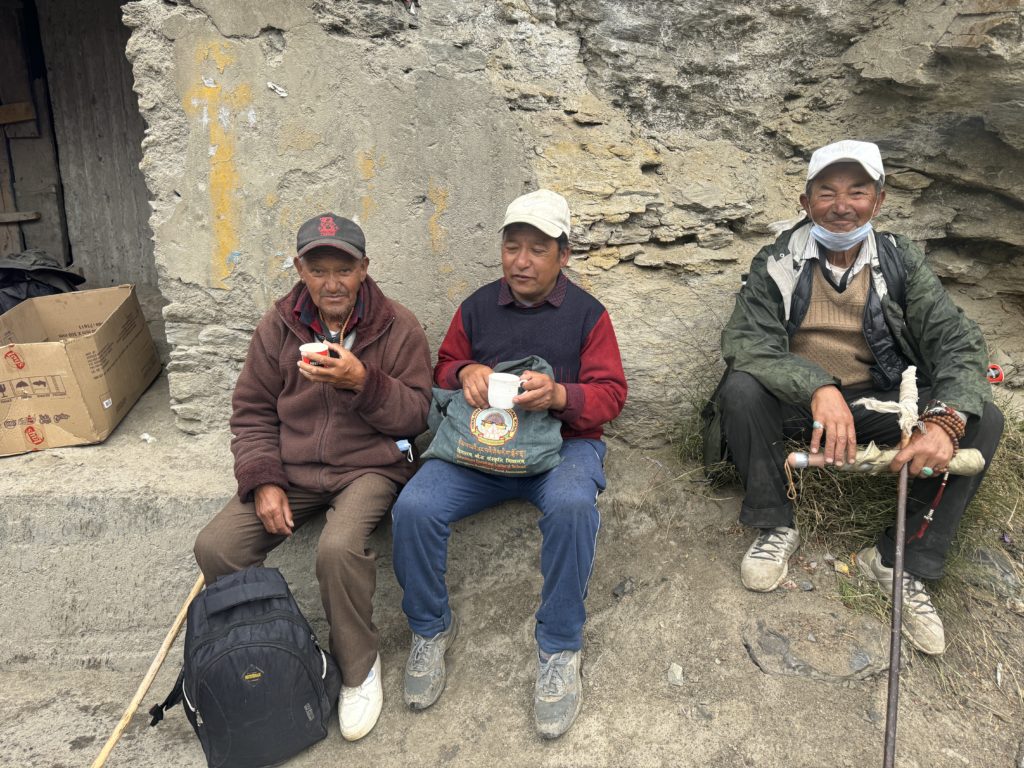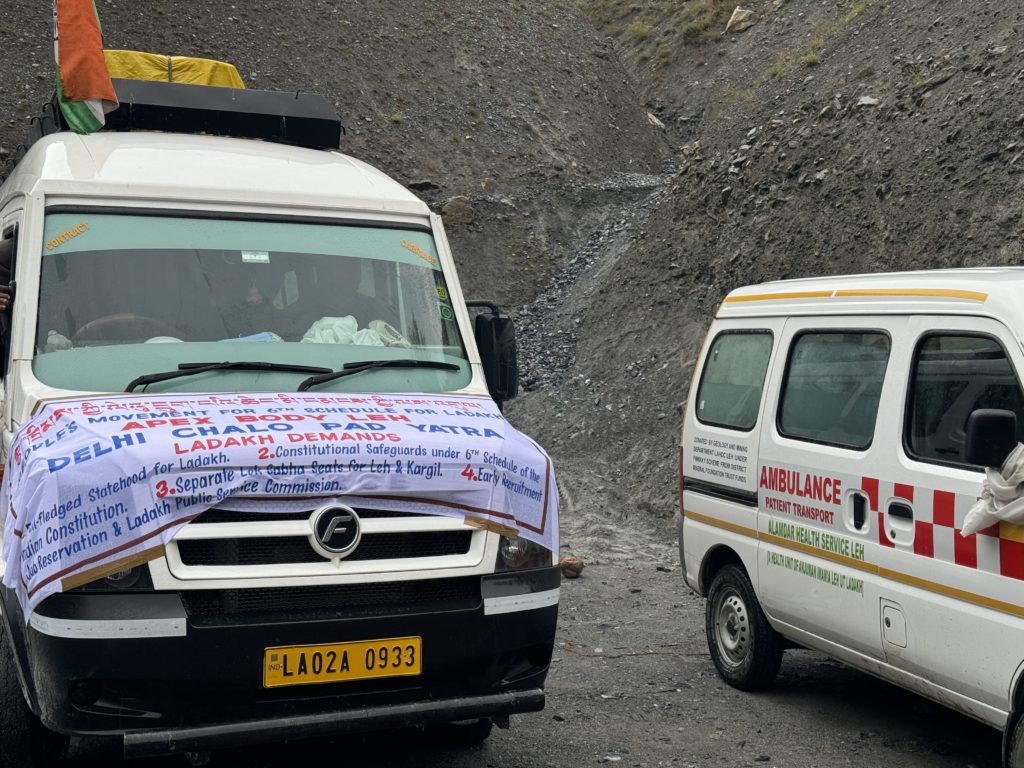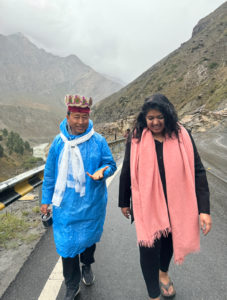By Parika Singh
प्रसिद्ध पर्यावरणविद् और जलवायु कार्यकर्ता सोनम वांगचुक ने बवाना पुलिस स्टेशन में अनिश्चितकालीन भूख हड़ताल शुरू कर दी, जब उन्हें कल रात लद्दाख के 150 लोगों के साथ सिंघु सीमा पर हिरासत में लिया गया था।
वांगचुक ने पिछले महीने 2 सितंबर को कई लद्दाखी पुरुषों, महिलाओं और वरिष्ठ नागरिकों के साथ लेह से 1000 किलोमीटर की दिल्ली चलो पदयात्रा प्रारम्भ की थी, जो खतरनाक इलाकों और कठोर मौसम की स्थिति को पार करते हुए 2 अक्टूबर गांधी जयंती के दिन राजघाट पर समाप्त होती । किंतु, 30 सितंबर 2024 की देर रात दिल्ली पुलिस ने शांतिपूर्वक यात्रा कर रहे सभी लोगों को हिरासत में ले लिया ताकि उन्हें अपने लोकतांत्रिक अधिकारों का प्रयोग करने से रोका जा सके।
उनकी गिरफ्तारी से पहले, भारतीय न्याय सुरक्षा संहिता (बीएनएसएस) की धारा 163 को 5 अक्टूबर तक उत्तरी और मध्य दिल्ली में लागू किया गया था । भारत के नागरिकों पर अपने ही देश में अहिंसक तरीके से चलने पर लगाई गई ऐसी धारा केंद्रीय प्रशासन द्वारा संवैधानिक अधिकारों को दिए गए मूल्य पर सवाल उठाती है। दिलचस्प बात यह है कि 30.09.2024 का आदेश “ऐसी जानकारी मिलने के बाद जारी किया गया था कि कई संगठनों ने अक्टूबर 2024 के पहले सप्ताह में दिल्ली के क्षेत्र में विरोध/प्रदर्शन/अभियान की प्रकृति में विभिन्न आयोजन करने का आह्वान किया है”।
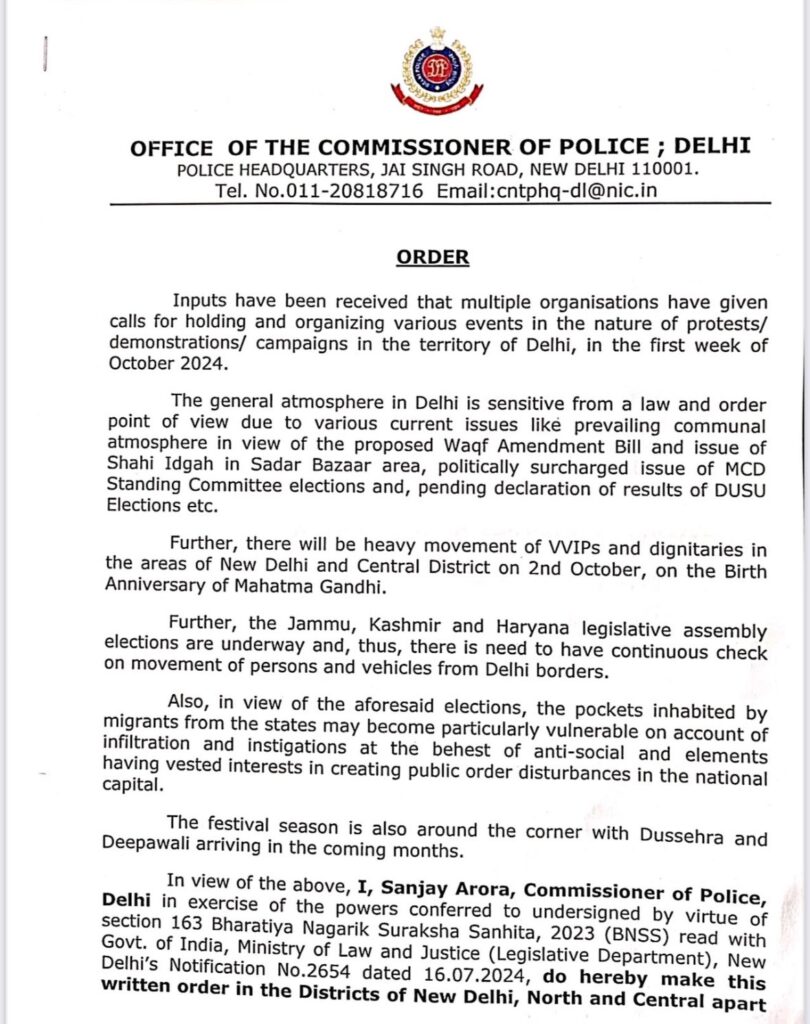
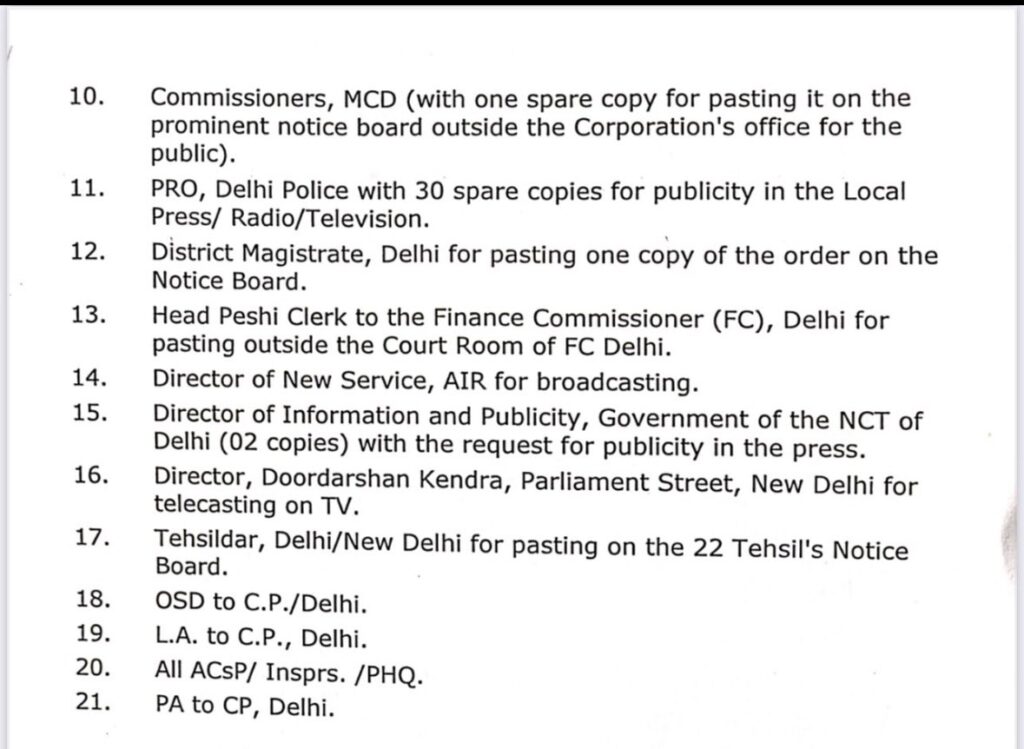
यह स्पष्ट था कि पाँच या अधिक व्यक्तियों के एकत्र होने पर रोक, धरनों पर रोक, और हथियारों के अलावा बैनर या तख्तियाँ ले जाने पर प्रतिबंध शहर में मौलिक अधिकारों के प्रयोग को रोकने के लिए लागू थे। दुर्भाग्य से, यह पूरे महीने लद्दाख से चल रहे पदयात्रियों द्वारा व्यवस्था में प्रदर्शित विश्वास के ठीक विपरीत था।
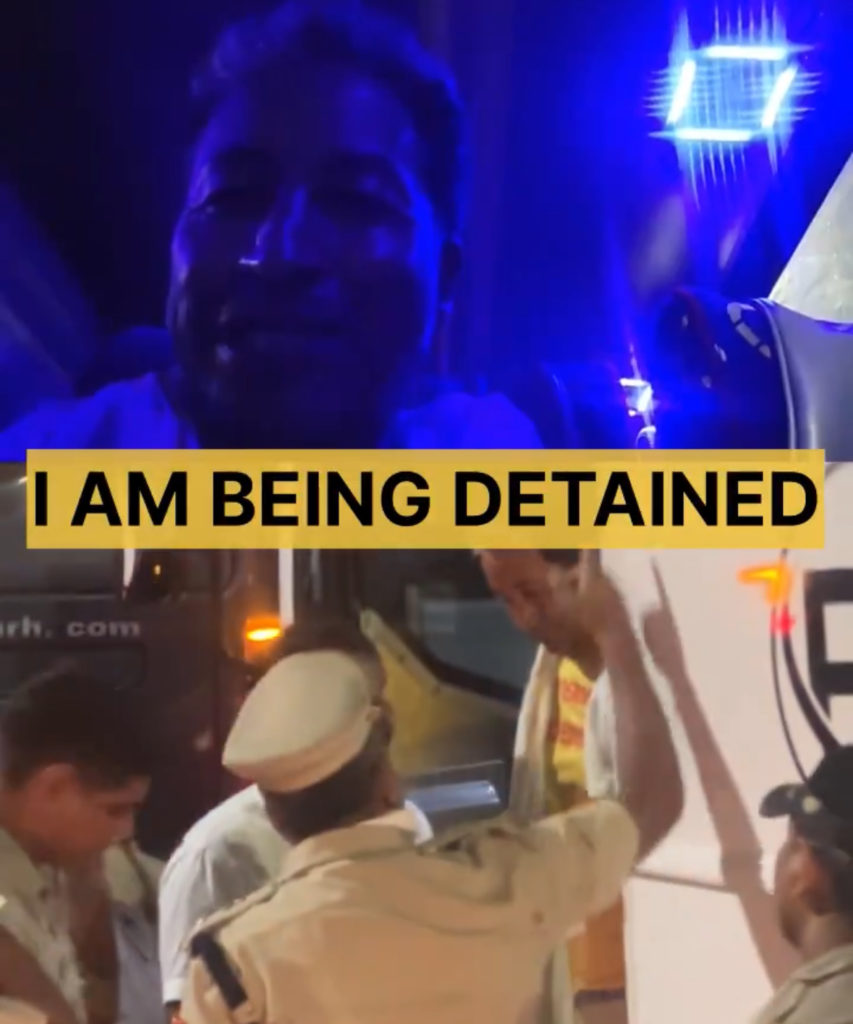
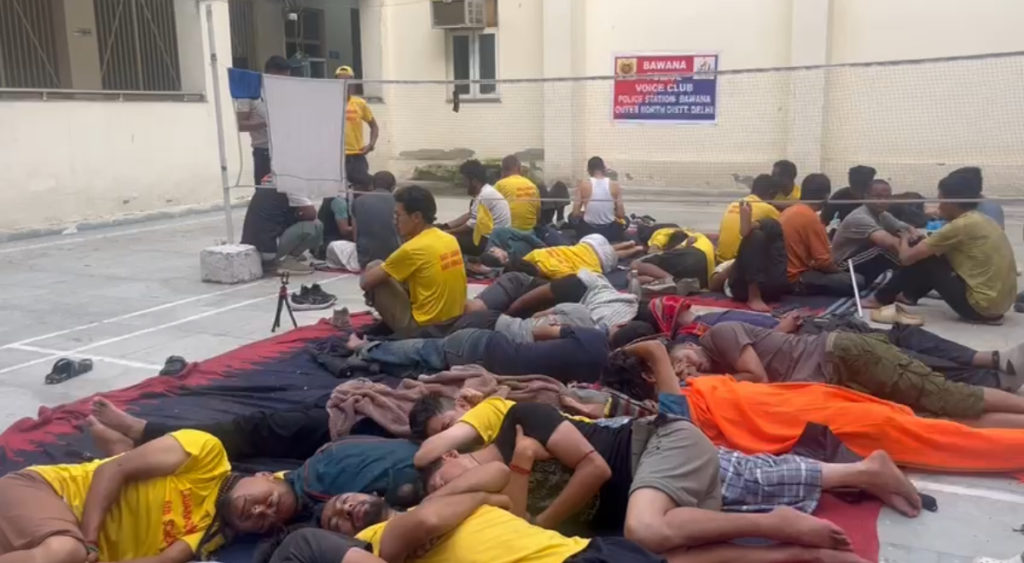
द वॉम्ब के साथ एक विशेष साक्षात्कार में, श्री वांगचुक ने दिल्ली में अपने स्वागत के बारे में पूछे जाने पर बहुत उम्मीदें व्यक्त की थीं। उन्हें विश्वास था कि एक संवेदनशील सरकार, जो अपने नागरिकों की जरूरतों के प्रति सचेत है, उनके वास्तविक और शांतिपूर्ण अनुरोधों पर अनुकूल प्रतिक्रिया देगी। उन्होंने महसूस किया था कि भारत ने महात्मा गांधी के नेतृत्व और प्रतिरोध के माध्यम से दुनिया के बाकी हिस्सों को अहिंसक विरोध का मार्ग दिखाया है और उन्होंने लद्दाख के संघर्ष और लड़ाई के प्रतीक के रूप में उनकी जयंती को उचित रूप से चुना था।
इसके अतिरिक्त, पदयात्रा का उद्देश्य लेह और कारगिल के दो जिलों के निवासियों द्वारा सामना किए जाने वाले महत्वपूर्ण पर्यावरण और रोजगार के मुद्दों को उजागर करना था। उन्होंने इस मार्च के माध्यम से संविधान की 6वीं अनुसूची में शामिल किए जाने, लोकसभा में दो प्रतिनिधियों और लोक सेवा आयोगों में भर्ती की मांग करने का प्रयास किया।
लेकिन उनका आशावाद जल्दी ही निराशा और डर में बदल गया जब उन्होंने खुद को दिल्ली-हरियाणा सीमा पर कई पुलिसकर्मियों से घिरा पाया। उन्होंने सोशल मीडिया पर अपनी आसन्न गिरफ्तारी के बारे में लिखा, “मुझे हिरासत में लिया जा रहा है… दिल्ली सीमा पर 150 पदयात्रियों के साथ, 100 की कुछ का कहना है कि 1,000 की पुलिस बल द्वारा। 80 वर्ष के कई बुजुर्ग, पुरुष और महिलाएं और कुछ दर्जन सेना के दिग्गज… हमारा भाग्य अज्ञात है। हम दुनिया के सबसे बड़े लोकतंत्र, लोकतंत्र की जननी, बापू की समाधि तक सबसे शांतिपूर्ण मार्च पर थे… हे राम!”
उनके समूह को बवाना, नरेला, अलीपुर आदि जैसे कई पुलिस थानों में ले जाया गया, जहाँ उन्हें तब से रखा गया है। उनके वकीलों सहित किसी को भी उनसे बात करने की अनुमति नहीं दी गई है और आश्चर्यजनक रूप से, दिल्ली की मुख्यमंत्री आतिशी मार्लेना को भी आज वांगचुक से मिलने से रोक दिया गया। डेक्कन हेराल्ड की रिपोर्ट के अनुसार, लद्दाख के सांसद मोहम्मद हनीफा ने दावा किया कि महिला पद यात्रियों को भी पुरुषों के साथ रात भर हिरासत में रखा गया था, हालाँकि दिल्ली पुलिस ने इस दावे का खंडन किया है।
उनकी रिहाई और विरोध करने के अधिकार को एक जनहित याचिका के माध्यम से माननीय दिल्ली उच्च न्यायालय में आज दायर किया गया है। इस मामले की तत्काल सुनवाई के लिए उल्लेख किया गया था, लेकिन दिल्ली उच्च न्यायालय की एक खंडपीठ ने इसे 3 अक्टूबर को सुनवाई के लिए रखा है।
ग़ौरतलब लद्दाख के इस समूह ने 3 अक्टूबर को जंतर-मंतर पर प्रधानमंत्री श्री नरेंद्र मोदी और गृह मंत्री श्री अमित शाह से शांतिपूर्वक विरोध प्रदर्शन करने की आधिकारिक रूप से अनुमति मांगी थी। लद्दाख की स्थिति पर चर्चा करने के उनके ईमानदार अनुरोध को स्वीकार करने के बजाय, क्षेत्र में बीएनएसएस की धारा 163 लगा दी गई ताकि उन्हें और उनके साथ किसी भी व्यक्ति को, जो हमारे राष्ट्रपिता के नक्शेकदम पर चलना चाहते, 2 अक्टूबर के सप्ताह के दौरान अपनी परेशानियों को व्यक्त करने से रोका जा सके।
अपने देश की राजधानी में अपने पदयात्रियों के साथ किए गए व्यवहार और उनकी हिरासत की जैसे ही खबर फैली, इसके ख़िलाफ़ लद्दाख में विरोध प्रदर्शन शुरू हो गए।
जहाँ केंद्र सरकार केंद्र शासित प्रदेश लद्दाख की दुर्दशा और इसे बताने के लिए दिल्ली तक पैदल चलने वाले लोगों को अनदेखा करना पसंद करती है, वहां आम नागरिकों की अपनी लोकतांत्रिक रूप से चुनी गई सरकार तक पहुँचने में पूरी तरह से असमर्थता के एक बड़े मुद्दे को भी उजागर करती है। शायद अब दिल्ली बहुत दूर है।



